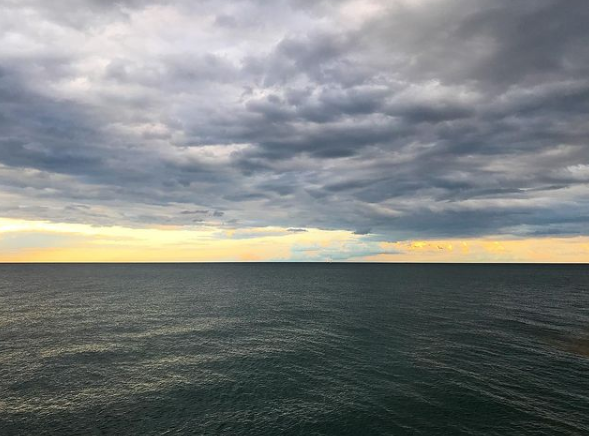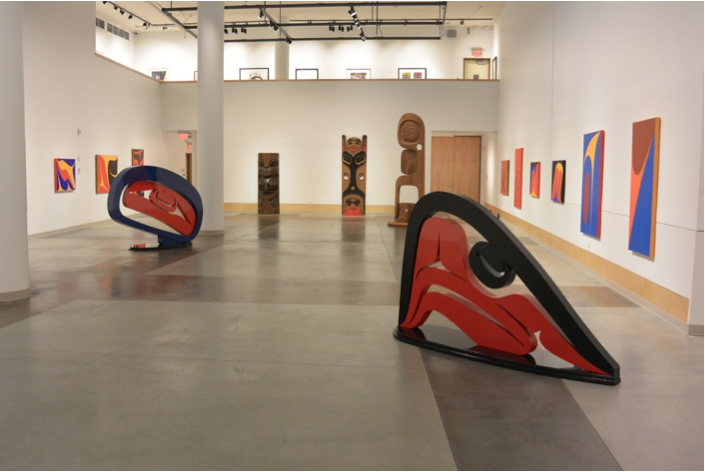Our land acknowledgements series highlights important stories and teachings from each of the Redefining Traditional team members – Heather, Shamim and Kaitlyn. Through these posts, we aim for our community to think about how land acknowledgments are immensely important, and to ensure we engage in teachings about specific cultures beyond a day or month of recognition. We also highlight important questions to support our community so that an acknowledgement moves beyond a ‘script’ and towards an ongoing conversation.
Our second installation is by Kaitlyn Corlett! We also encourage you to check out the first part of this series by Heather Watts, who speaks to actionable steps and exercises you can do to move towards meaningful Land Acknowledgments.
Locating Myself

My name is Kaitlyn Corlett, and I am woman of settler decent. What this means is that my ancestors settled and colonized on Turtle Island 4 generations ago as uninvited guests on what we call Canada and America. I grew up on the West Coast, on the unceded lands of the Musqueam, Squamish, and Tsleil-Waututh First Nations (Vancouver, British Columbia). I find myself missing the mountains, my family and friends, and listening to the crashing waves of the ocean with the thick smell of salt in the air. All of which are grounded in my memories on those lands.
Throughout my childhood I have heard many land acknowledgements. First Nations histories were a part of our primary and secondary curriculum. But alas, only certain histories are taught in these spaces and in the four walls of a classroom. For myself, colonization and the impact of settlers on Indigenous communities, lives, and children were framed of something of the past – which is not true at all. This never fully sunk in until I had conversations with folx, attended events or followed Indigenous artists and organizers online, and engaged with educational resources designed by Indigenous folx or organizations.

It’s Not If – but Rather When
I want you to read this, and then read it a few more times: Indigenous knowledge, practices, and tradition is ongoing. It’s alive and beautiful – despite being in a system that is designed to harm and displace. It’s around us constantly, interconnected with our actions and how we choose engage with others and especially the land. It’s not a question of if this is important to acknowledge – but rather when we (as non-Indigienous folx) choose to do so. It’s all connected to the land which we all are deeply connected to, even if we don’t fully realize or feel it.
A land acknowledgement is a perfect example of how important language and conversation is, and how a conversation can happen with anyone: our friends, family, children, and colleagues. As someone who is non-indigenous, it was the first time where I needed to learn to pronounce the name of a Nation or to really reflect and think about the why of a land acknowledgement. It helps me reflect on where I maybe have slipped at checking which lands I have moved between recently, or perhaps the treaties and histories that I never learned about (or remembered) in school. It also helps me realize where gaps are in other areas I live, work, or learn in – and how we can do better.
I was so nervous in my first land acknowledgement where I didn’t have a script in front of me. I knew it wasn’t perfect… but I also knew it was from the heart. I was worried I would mispronounce things or go into default mode and say what I always say. I knew I didn’t quite have all the words I was feeling, but it was a start. It’s always a work in progress for me… but isn’t that something powerful and wonderful? That it can change with you as you learn (and unlearn) more?
In this small piece of my experience with land acknowledgments, I hope for this to be a steppingstone for others to do this important work. It all starts with a conversation (with others and yourself), no matter where you are.
With this in mind, please be sure to visit the first part of the series by Heather Watts, who speaks to actionable steps and exercises we can do with our families, loved ones, classmates, and more!: http://blogs.studentlife.utoronto.ca/redefiningconference/2020/11/27/the-importance-of-meaningful-land-acknowledgements/
- Nations have been cited from native-land.ca
2 comments on “The Importance of Meaningful Land Acknowledgements (Part Two)”